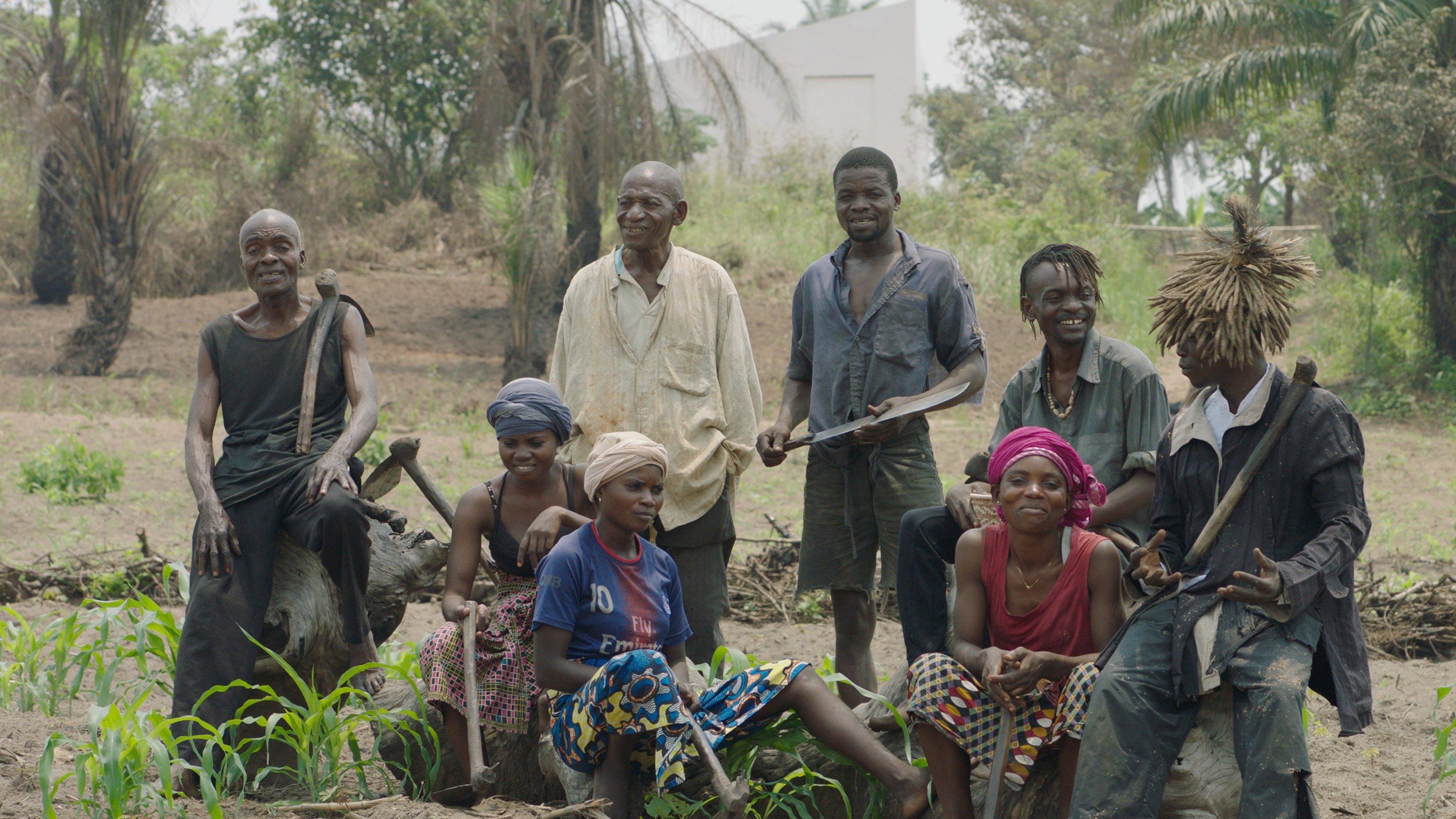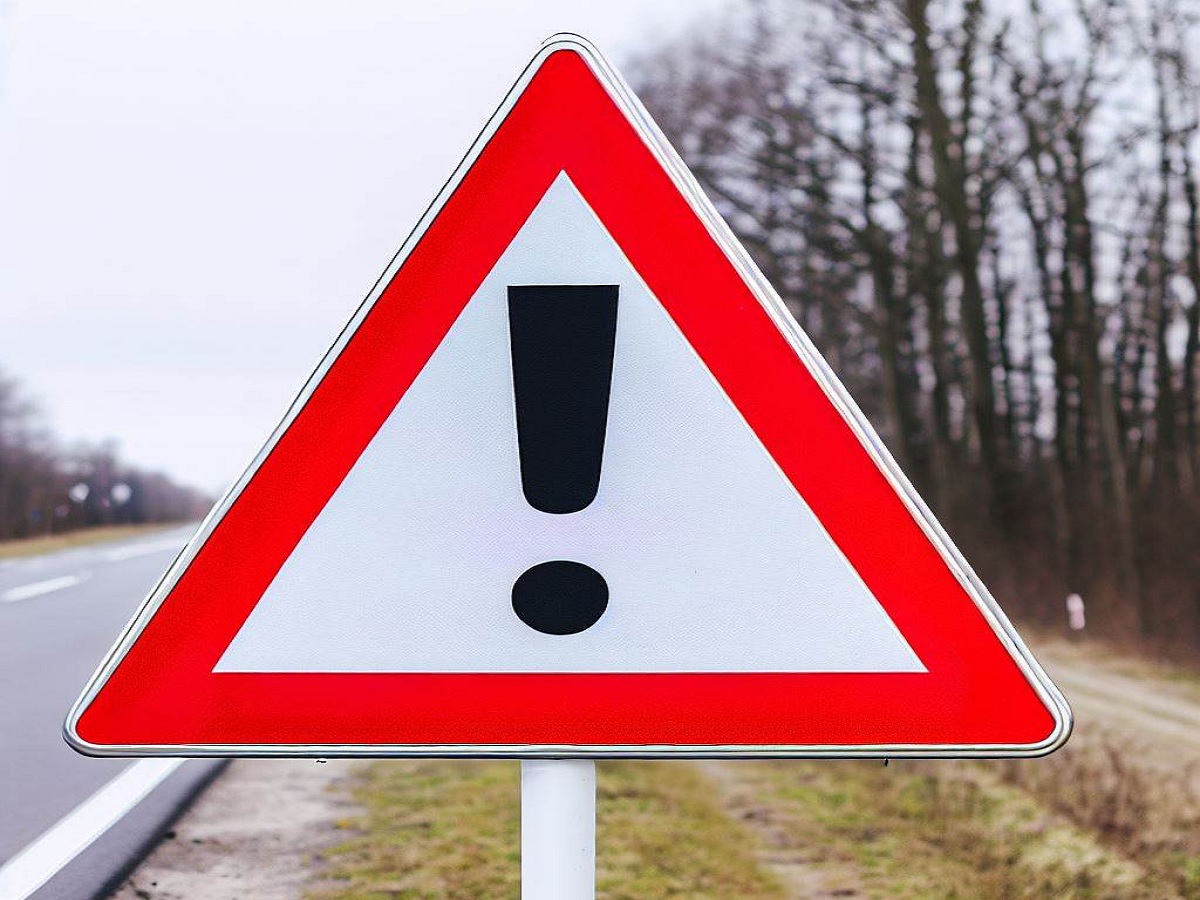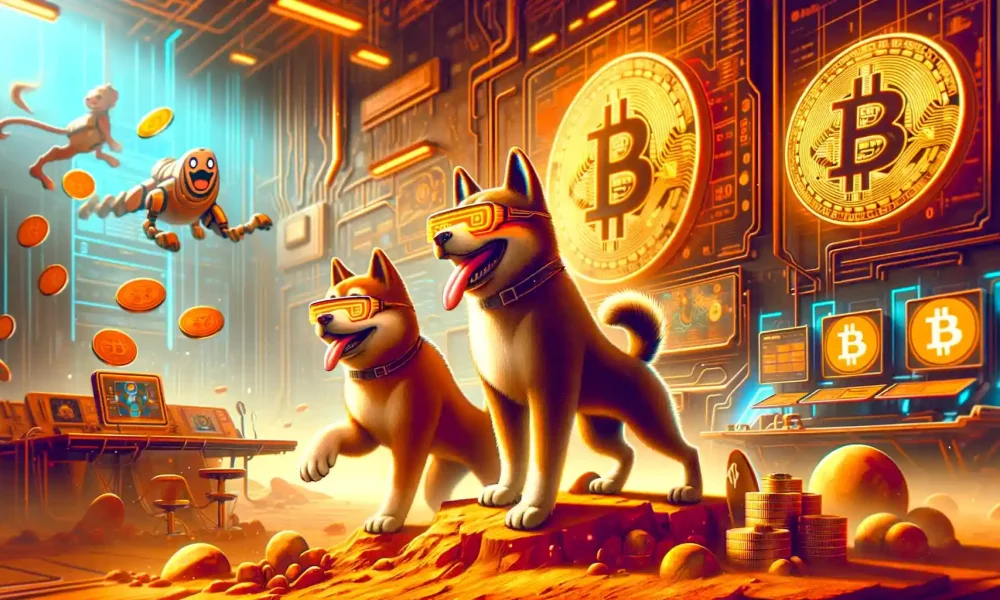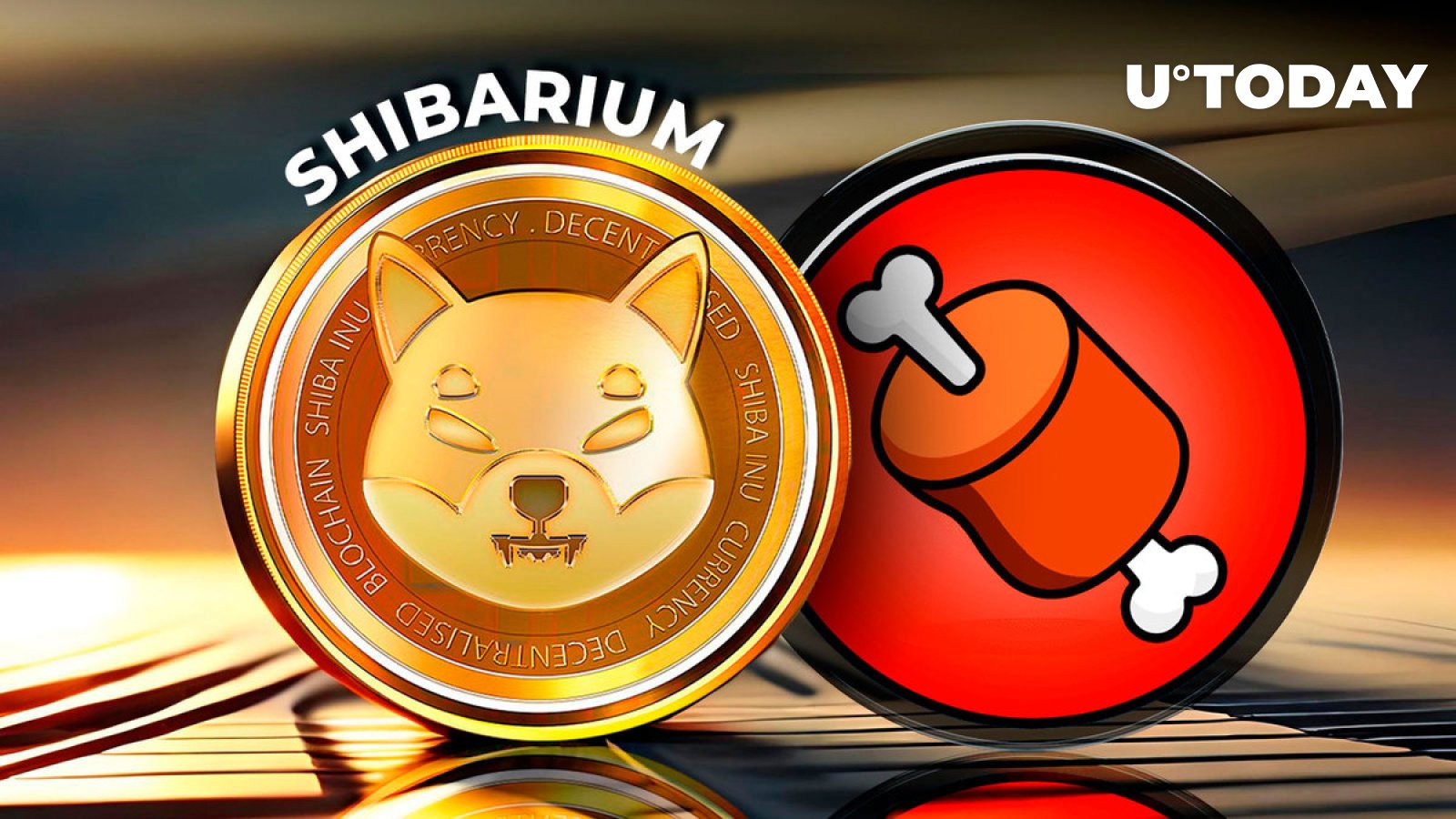‘We Reappropriated What Belongs to Us:’ Congolese Artists Minted NFTs of a Colonial Era Sculpture—The Museum That Owns it is Not Pleased

Members of the Congolese Plantation Workers Art League sat outside on lawn chairs at dusk in Lusanga, waiting for their NFTs to mint. While the digital certificates were being made on the blockchain, the art collective was on a video call with the Berlin art dealer Alexander Koch.
Koch and the gallery he co-owns, KOW, were hosting the Berlin chapter of the group’s NFT release, so he was showing its members around with his laptop and pointing out the NFT display of a rotating wooden statue on a screen. For the Congolese group of artists, known by the acronym CATPC, it was a ceremonious event. The minting of this particular sculpture is a turning point in a fraught journey they embarked on in 2016 when they began seeking the location of an important Pende sculpture that had been carved in the 1930s in the likeness of an abusive colonizer. The man it depicts, Maximilien Balot, had been murdered in an uprising on the plantation and the sculpture was later created to contain and control the Belgian’s spirit.
It could be that the wooden object is an empty vessel, spiritually-speaking, where it sits at the Virginia Museum of Fine Arts. Back in the Democratic Republic of Congo, one could say that the dark spirit of colonialism is still present in the nation, through a legacy of poverty following decades of violent extractive capitalism from Europe at the hands of Belgium and private companies like Unilever. This is what CATPC hopes to redress with its edition of 300 NFTs: any profits from the sales next month will flow to the post-plantation artistic community, where male workers make $18 a month and where women make just half of that.
 Balot NFT. Courtesy CAPTC and Renzo Martens." width="1000" height="562" srcset="https://news.artnet.com/app/news-upload/2022/02/image-1.jpeg 1000w, https://news.artnet.com/app/news-upload/2022/02/image-1-300x169.jpeg 300w, https://news.artnet.com/app/news-upload/2022/02/image-1-50x28.jpeg 50w" sizes="(max-width: 1000px) 100vw, 1000px">
Balot NFT. Courtesy CAPTC and Renzo Martens." width="1000" height="562" srcset="https://news.artnet.com/app/news-upload/2022/02/image-1.jpeg 1000w, https://news.artnet.com/app/news-upload/2022/02/image-1-300x169.jpeg 300w, https://news.artnet.com/app/news-upload/2022/02/image-1-50x28.jpeg 50w" sizes="(max-width: 1000px) 100vw, 1000px">
CATPC during the minting of the Balot NFT. Courtesy Ced’art Tamasala/CAPTC.
The sale of the NFT is an example of powerful magical thinking: the group felt that the chances that the sculpture will return on loan to Congo were always slim and now the museum that owns the work is not pleased about the NFT, which was made without their consent.
It also brings up crucial questions about the privatization of objects with controversial histories on the blockchain. Ced’art Tamasala, one of the artists in CATPC, is concerned about the fate of looted art in the crypto-sphere: “Powerful art institutions could appropriate looted objects in a new way and reap even more financial income with this digital space,” he wrote over email.
Inside the White Cube
Congo, a Belgian colony between 1885 and 1960, was one of Europe’s many private taps for resources during the colonial era. With profits generated from their art, the CAPTC has been buying back plantation land in Lusanga in an area that was formerly run by the company Unilever (the town was then called Lever Ville), and reviving it by planting diverse crops in its tired earth. Thousands of hectares of land once controlled by Unilever is now owned by multinational companies who bought it—CATPC has bought back around 100 hectares so far.
To finance this, the CATPC has been working together with the Dutch artist Renzo Martens for several years, using the art world as a platform to get their project front row with powerful people in the West. Martens has been retooling his privilege and using his networks in Europe to help, in particular through the White Cube, an art institution that opened in 2017. The institution, designed pro bono by star architect Rem Koolhaas’s firm OMA, includes artist studios, a conference room, and the museum. The Lusanga building will host an exhibition by Ghanian art star Ibrahim Mahama this month.
 White Cube, Renzo Martens, 2020. Courtesy the artist and KOW Berlin." width="1024" height="576" srcset="https://news.artnet.com/app/news-upload/2022/02/02_RM_White_Cube_Press_II-1024x576.png 1024w, https://news.artnet.com/app/news-upload/2022/02/02_RM_White_Cube_Press_II-300x169.png 300w, https://news.artnet.com/app/news-upload/2022/02/02_RM_White_Cube_Press_II-50x28.png 50w" sizes="(max-width: 1024px) 100vw, 1024px">
White Cube, Renzo Martens, 2020. Courtesy the artist and KOW Berlin." width="1024" height="576" srcset="https://news.artnet.com/app/news-upload/2022/02/02_RM_White_Cube_Press_II-1024x576.png 1024w, https://news.artnet.com/app/news-upload/2022/02/02_RM_White_Cube_Press_II-300x169.png 300w, https://news.artnet.com/app/news-upload/2022/02/02_RM_White_Cube_Press_II-50x28.png 50w" sizes="(max-width: 1024px) 100vw, 1024px">
White Cube, Renzo Martens, 2020. Courtesy the artist and KOW Berlin.
The Dutch artist has described himself as an “agent” of sorts. His whiteness has caused some misunderstandings—a few critics don’t like the optics. “I try to blatantly admit that I am an exponent of a system that fucks over people continuously, whether I like that or not,” Martens told me over the phone. “I am a part of it because of birth, because of my middle class status, because of skin color, because I consume coffee and chocolate on a daily basis.”
A major focus on Martens’s work is getting the art world to come to terms with its complicity in global issues, like the post-plantation economy in the Congo. “The art world is a part of the problem,” said Martens, who noted how Unilever, which owned a lot of land during the colonial era and extracted labor using cruel methods, was a major sponsor for the Tate Modern’s Unilever Series over 12 years, financing Olafur Eliasson’s show “The Weather Project” in 2003, among others.
His most recent collaboration with the group has a series of short documentary films (on view at KOW until April 9) that follows CATPC tracing the story of what happened to the sculpture of Balot. They follow the history of the object, made by an unknown artist to depict the Belgian who was accused of rape and murdered during the 1931 uprising; it was bought by a collector in the early 1970s from an impoverished local man. The collector later sold it to the Virginia Museum of Fine Arts for an undisclosed sum.
 The Plantation and The Museum, CATPC and Renzo Martens, (2021). Courtesy the artists and KOW Berlin." width="956" height="535" srcset="https://news.artnet.com/app/news-upload/2022/02/Screen-Shot-2022-02-18-at-15.48.05.png 956w, https://news.artnet.com/app/news-upload/2022/02/Screen-Shot-2022-02-18-at-15.48.05-300x168.png 300w, https://news.artnet.com/app/news-upload/2022/02/Screen-Shot-2022-02-18-at-15.48.05-50x28.png 50w" sizes="(max-width: 956px) 100vw, 956px">
The Plantation and The Museum, CATPC and Renzo Martens, (2021). Courtesy the artists and KOW Berlin." width="956" height="535" srcset="https://news.artnet.com/app/news-upload/2022/02/Screen-Shot-2022-02-18-at-15.48.05.png 956w, https://news.artnet.com/app/news-upload/2022/02/Screen-Shot-2022-02-18-at-15.48.05-300x168.png 300w, https://news.artnet.com/app/news-upload/2022/02/Screen-Shot-2022-02-18-at-15.48.05-50x28.png 50w" sizes="(max-width: 956px) 100vw, 956px">
The Plantation and The Museum, CATPC and Renzo Martens, (2021). Courtesy the artists and KOW Berlin.
Crypto Co-optation
During the minting of the NFT in Lusanga, users were watching from Richmond, Virginia, according to Vimeo’s statistics. Alexander Nyerges, director of the Virginia Museum of Fine Arts, told me that he is aware of the NFTs being made, and said the museum now no longer intends to loan the work to CATPC for an exhibition at White Cube.
“Unfortunately, the NFT has broken all trust between VMFA and the exhibition organizers,” he told me. He called the creation of the NFT, which he said is based on images nabbed from the museum’s website without explicit permission “unacceptable” and “unprofessional.”
But one might ask what the chances were that the museum was ever planning to loan the work out. The CATPC told me that it has been asking to loan the work for two years, and that they were told to check back later. Meanwhile, the sculpture was loaned to Western museums in the U.S. and Switzerland. “We understood that this was a silent way of saying no to us,” said Tamasala. CATPC’s NFT is a punk gesture from a group that is tired of playing by the rules while being ignored.
The soft refusal from the Virginia museum could be seen as part of a greater gridlock of misunderstanding between steely Western institutions, who have highly specified ways of operating, and the avant-garde thinking that has emerged in former colonial regions, who also have a more intimate and informed way of relating to the works their communities created. Tamasala said their blockchain appropriation of the object has allowed them to “bypass the problem and finally have the sculpture and create our world.”

The Plantation and The Museum, CATPC and Renzo Martens, (2021). Courtesy the artists and KOW Berlin.
Who Gets to Own the Crypto Art World?
CATPC is not the first to use the blockchain for a transgressive cooption: in a talk last fall, German artist Hito Steyerl condemned the power structures that are already cemented in the blockchain and announced that she had minted the Humboldt Forum and other German museums on the blockchain.
Western collections have not yet created NFTs based on works in their storages with controversial histories, but the CATPC is worried that it could become a reality. It is imaginable, especially given that the Uffizi was quick to mint NFTs of some of its most famous works, Martens pointed out.
Since they have flooded the art market, the NFT space, while offering new creative power and direct profit flow to creators, has rapidly become a headline-grabbing scene of exorbitantly priced sales. Recent data graphs detailed how the majority of NFT-based art is owned by a small cluster of collectors; the researchers noted that “diversification does not appear to have happened in the world of NFT-based art.” Meanwhile, companies are rushing to file NFT trademarks to protect their assets from duplication and fakes. Applications for NFT trademarks in the U.S. alone have increased 400 fold between 2021 and 2022.
But Martens and CATPC still see an opportunity, at least for now. “Let these communities also take hold of this technology, not just the museums that build on inequalities and risk reinforcing them,” said Tamasala. “This space could also be used to achieve our goal of creating our world; it is very important to make communal what has been privatized.”
At the minting of the NFT, there was another ritual taking place right on the ground, between the hums computers and White Cube in the background, a ceremonious pouring of palm wine onto the plantation soil. Though the sale of CATPC’s NFT of Balot in no way supplements a loan (or restitution), the group hopes to generate some form of repair and reparation for their community. “We have reappropriated otherwise what belongs to us intellectually, artistically, morally,” said Tamasala. “We feel closer to the sculpture and proud to have what was already ours before.”
Follow Artnet News on Facebook:
Want to stay ahead of the art world? Subscribe to our newsletter to get the breaking news, eye-opening interviews, and incisive critical takes that drive the conversation forward.


